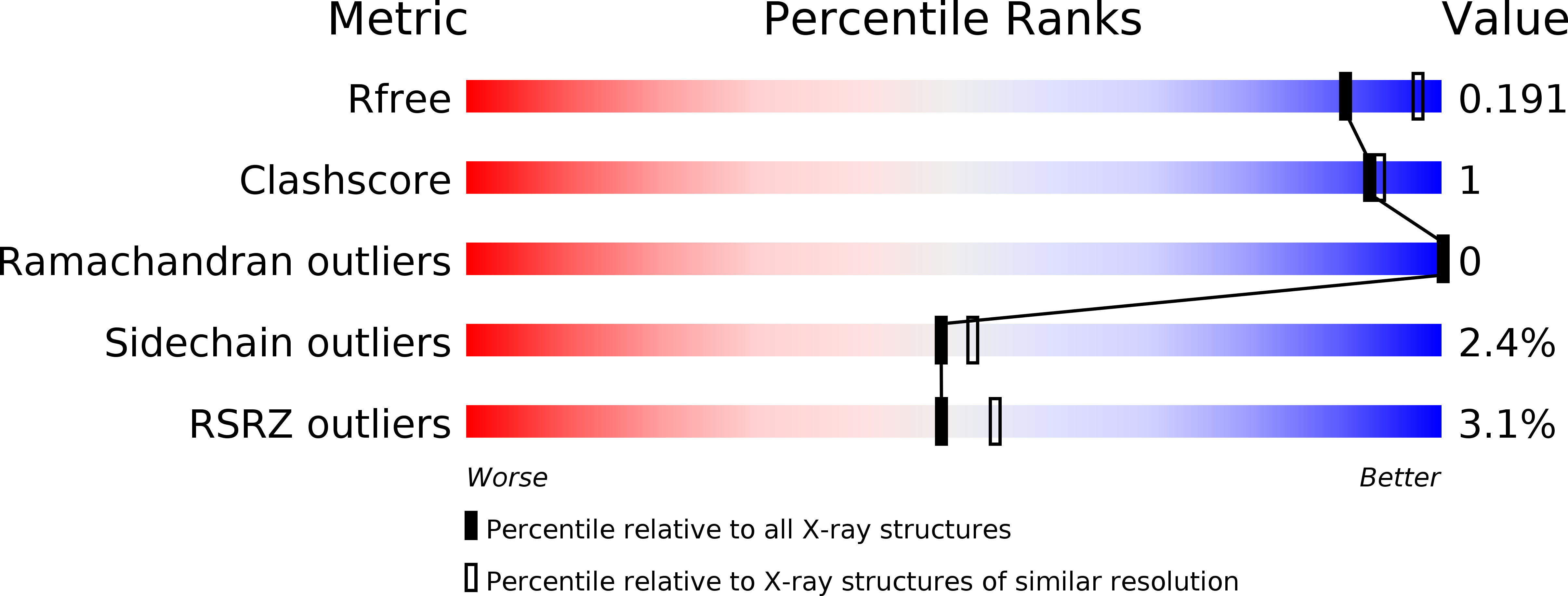
Deposition Date
2015-07-13
Release Date
2015-12-09
Last Version Date
2024-05-08
Entry Detail
PDB ID:
5A88
Keywords:
Title:
Crystal structure of the riboflavin kinase module of FAD synthetase from Corynebacterium ammoniagenes in complex with ADP
Biological Source:
Source Organism:
CORYNEBACTERIUM AMMONIAGENES (Taxon ID: 1697)
Host Organism:
Method Details:
Experimental Method:
Resolution:
2.08 Å
R-Value Free:
0.18
R-Value Work:
0.15
R-Value Observed:
0.16
Space Group:
P 32


